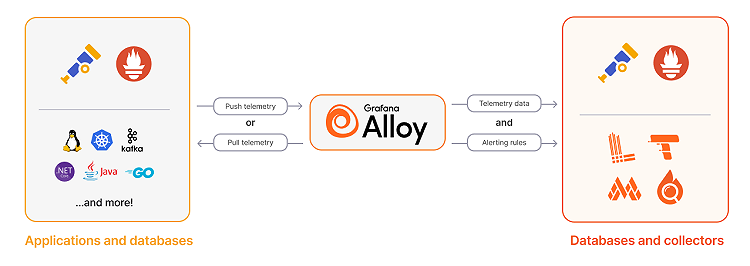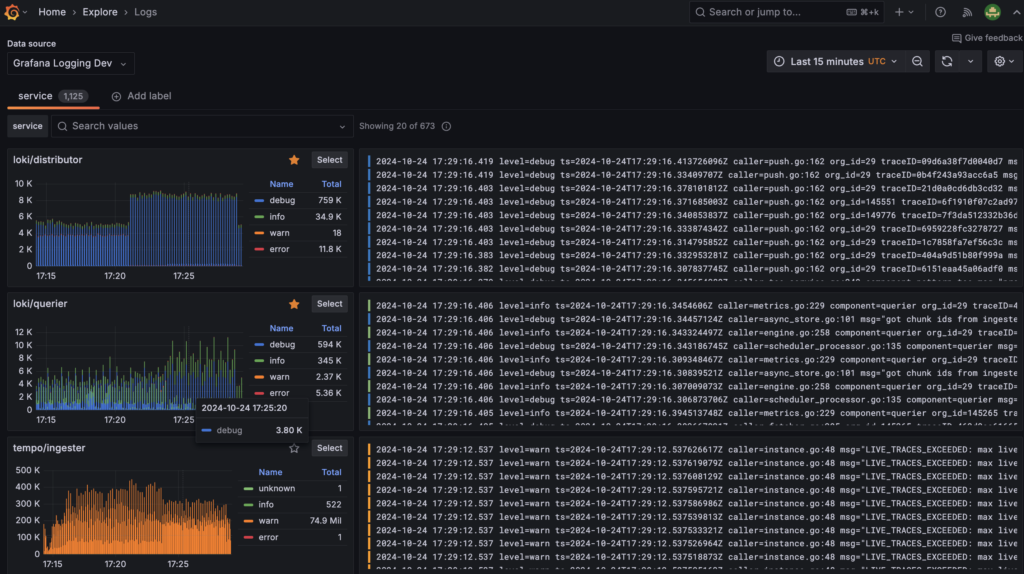As much as l like managed monitoring solutions it’s hard not to be excited about setting up your own platform based on Prometheus Grafana stack and save some bucks for the company.
After 5 years of using proprietary solutions I am again on the way to get into Grafana world.
Here I want to wrap up what I learnt so far about Grafana.
Big ecosystem of tools
The biggest change for me is ecosystem of projects which supports almost all imaginable monitoring needs.
- For Logs: Loki and Promtail
- For Traces: Tempo
- For Profiling: Peryscope
- For open telemetry collecting: Alloy
- For eBPF: Beyla
- For Synthetics: Prometheus BlackBox and K6 API
- and many more

Automated Deployment process
A lot was done in the deployment process where using Helm charts you can get it up and running in a minutes.
All that comes with scalability and high availability in mind.
Though you would need to connect and customize each component, it’s still can be just a Helm configuration change.

Huge ecosystem of Components to simplify instrumentation
It’s clear your code has to be instrumented to be observable. Grafana and their Open Source community developed a number of tools to make it easy and simple:
- Compatible receivers for big providers like Datadog
- New discovery methods like eBPF
- No code way of instrumentation like sidecar container
And a lot more see the Alloy components section to get started.
New fresh UI
Grafana Logs and Metrics get new look.
You can see multiple logs and metrics on the same page.

Summary
It’s cool, it’s fresh and it’s a lot of fun to use!